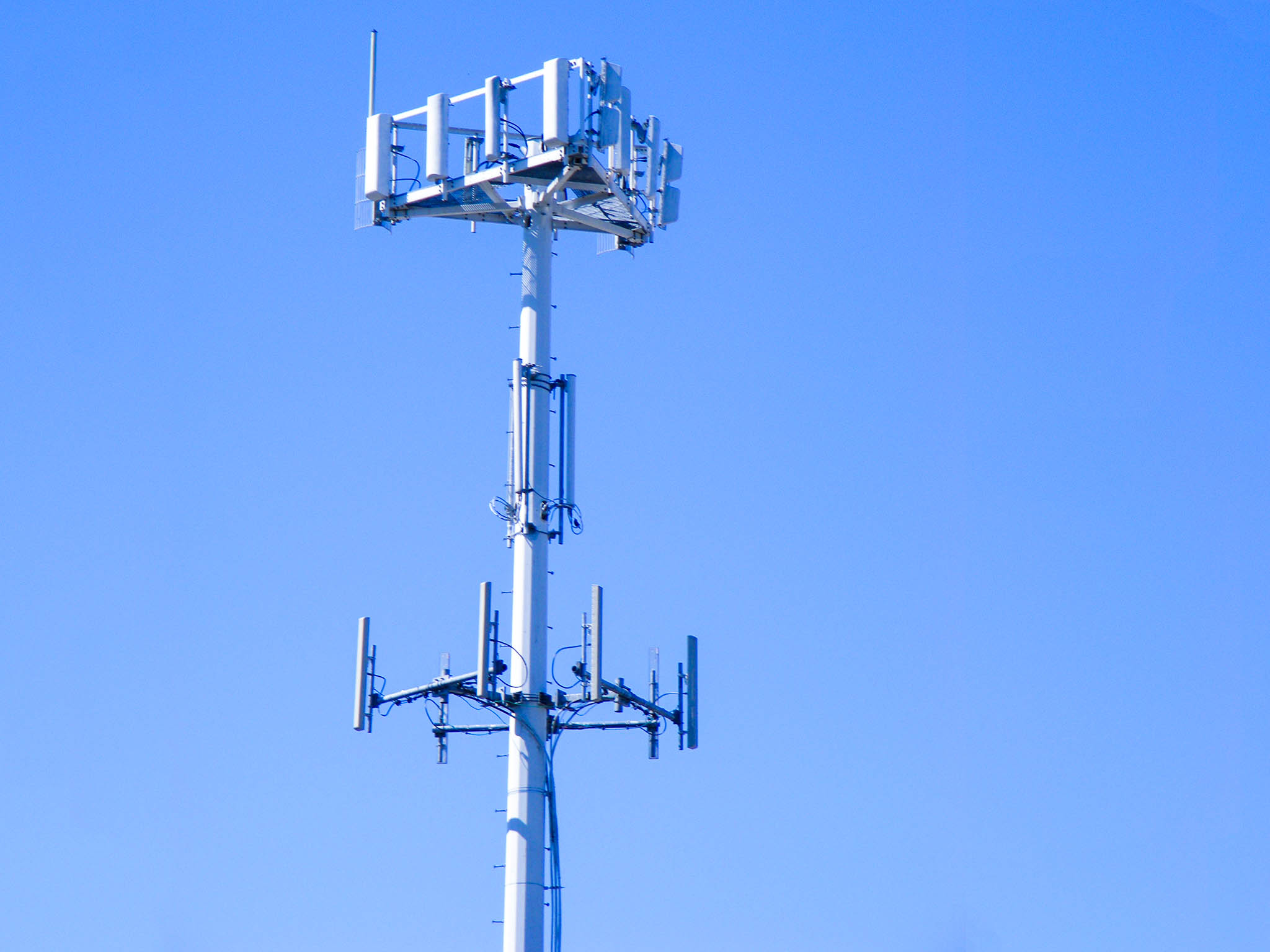If you've ever walked through a city and spotted tiny mini 5G cell towers on the poles of street lights. They look like small boxes however they're actually sending wireless signals from cellular providers to your phone.

The smaller ones are being replaced by the larger built cell towers. While they're less noticeable, they still can cause issues for users.
what is safe distance from 5g tower determine the maximum amount of time a person can be exposed to electromagnetic energy from wireless devices. The limits for exposure are based on research that show that RF energy can cause harm to health.
The absorption rate specific (SAR) is an indication of the amount of radiofrequency energy that is taken up by tissues. It is typically 1.6 Watts per kilogram spread over a Gram of tissue.
But, since 5g operates at higher frequencies and has the potential to create more energy on the skin and other directly-exposed body areas. This can lead to a wide range of potential harms, including exacerbated development of skin diseases such as dermatitis, cataracts, and skin cancer.
Due to the possible severe effects of 5g radiation, PSU has chosen to create a general limits on power density, which is 4mW/cm2 measured across 1 centimeter, and not exceeding 30 minutes for all 5G services at 3000 GHz. This limit for localization is in line with the peak spatial-average SAR of 1.6 W/kg, which is averaged over 1 grams of tissues at six GHz.
The FCC's Maximum Exposure Thresholds for Maximum Exposure
If you've ever used a cell phone, then you're aware that the safest location from the tower is around 400 meters away. This is due to the transmitting power of a cell tower increases dramatically the farther your location from the tower.
While this sounds like a good idea, the reality is that those living close to towers may actually be more susceptible to health problems. For what is a safe distance from a cell tower , a 2014 study in India discovered that people who lived within 50m of cell towers experienced significant more health issues than those who lived farther far from antennas.
However, this study also showed that residents who moved into areas farther away from cell towers noticed their symptoms improve within a few days. Other studies have revealed that exposure to high amounts of electromagnetic field radiofrequency (EMFs) can lead to brain tumors, cancers and other health issues.
This is due to the fact that radiofrequency radiation, which is used in wireless communications, may be absorbed by the body's outer layer, the skin. This is important to understand because the skin acts as a shield against injury to the body, infection by pathogenic microorganisms, and infiltration of toxic substances. It is also the biggest organ in the human body, and is responsible for protecting other organs.
The FCC's Minimum Exposure Thresholds
The FCC's Minimum Exposition Thresholds depend on numerous assumptions that are not supported by scientific evidence. This includes the false assumption that exposures to RF radiation are safe due to the limited absorption into body (i.e. thermal heating of tissue).
The assumption also ignores the deeper penetration of the ELF elements of modulated radio signals and the consequences on the body of short bursts from pulsed RF waves. These theories are not compatible with current knowledge of the biological consequences of RF radiation. As such, they should not be considered for health protection exposure guidelines.
Furthermore there is the fact that both ICNIRP and FCC restrict their radiation limits for local peak SARs based on the maximum spatial specific absorption rate (psSAR) that is not a sufficient dosimetric tool to determine the degree of radiation exposure. In particular it is inconclusive when frequencies exceed 6 GHz. Additionally, psSAR hasn't been tested for RF radiation exposed to other environmental agents , such as sunlight. In safe distance from cell tower of interactions, RF radiations with different environmental agents may produce synergistic or antagonistic impacts. This could result in an increased risk of adverse health effects. For example, co-exposure to RF radiation along with exposure to sunlight can increase the risk of developing skin cancer, as well as aggravate other skin conditions like acne.
